Q&A: Belinda Carlisle revisits radio hits of her California youth for new album
Published in Entertainment News
ANAHEIM, Calif. — Singer Belinda Carlisle had always wanted to do an album of covers, but she waited, she says, until she found the right angle to pull the songs together.
A few years ago, she found it.
“I thought maybe to focus on songs that really inspired me as a young girl to be a singer,” says Carlisle, who’s long jumped back and forth between her career as the singer with the Rock & Roll Hall of Fame band the Go-Go’s and her own solo music.
“I remember being born and raised in California when music was a big part of the culture, and radio was a big part of the culture,” she says. ” For me, that radio was a source of escape.
“Every summer I’d go to my friend’s house and we’d lay in front of the speaker and listen to all the radio stations, KHJ and KRLA and others, all these songs, most of which are on the album. So I just focused on that.”
“Once Upon a Time in California” comes out on Friday, Aug. 29. Its 10 tracks include songs such as “Anyone Who Had a Heart,” a hit for Dionne Warwick, Harry Nilsson’s “One” and “Everybody’s Talkin’,” the Associations’ “Never My Love,” and more.
The project started just before the pandemic hit, Carlisle says.
“I really didn’t think I would be finishing my album or even doing any live performances anywhere,” she says. “So I thought maybe I’ll find great karaoke tracks to sing along to. So that’s what I did.”
“Saturday Serenade,” her weekly karaoke performances on Instagram during lockdown, also helped point her toward some tracks that eventually landed on the record.
“It was a lot of work finding good karaoke tracks,” Carlisle says. “But for instance, ‘The Air That I Breathe’ [by the Hollies], when I did that for ‘Saturday Serenade,’ I thought, ‘Oh, this is a perfect song to put on the list for the album.
“It was a lot of work that we had,” she says of making the record once the lockdown eased. “We had like 100 songs that we had to go through. Some of the songs we thought would work, we had to demo and found out they didn’t work.
“So it was a lot of work, but it was fun.”
In an interview edited for length and clarity, Carlisle discussed what these songs meant to her as a girl, how these pop hits fit into her later work with the Go-Go’s and why the image of California in the ’60s wasn’t as dreamy as it’s often remembered.
Q: What was it about these 10 songs that made them stand out on a list of 100?
A: Well, the 100 we started with came from a great guy from the record company. He’s British, and so he had his ideas on there, too, which didn’t really fit in with the California concept. So I think in actuality, out of the 100 we looked at about 30.
From there, I think the criteria, when you knew it was working, was finding an arrangement that kept the integrity of the song but made it my own. And it was just you knew whether it was going to work or not. Like I really wanted to do ‘Holiday’ by the Bee Gees, and it sounded horrible. [She laughs] There were a few other songs like that, but it was instinctual.
Q: Most of these songs were released between ’65 and ’75. How do they connect for you?
A: I think the similarity in the songs is that there’s lots of melody, and that’s my taste of music. That’s pretty much formed by the radio that I listened to and the Beach Boys. Growing up with that and the Teenage Fair [an annual celebration of teen pop music and culture] and the whole surf sound.
So the melody was one of the threads. Whether I liked it is one of the threads. But I think the big connection for me was personal, connecting memories and moments of this childhood that I had.
This dream of California, this idea of California, I was thinking, well, did that really ever exist? Is it just a fantasy? But yeah, I think for me, the common thread was the memories and melody.
Q: Tell me more about singing along to the radio as a girl, and how that was important for you.
A: It was just about fantasy and dreams and, you know, that anything was possible. It’s hard to put into words because it’s more of a feeling and energy, but for me, it was everything. I mean, it was an escape from my family; I was the oldest of seven kids.
My parents, they couldn’t really afford to buy me singles and stuff, so I would use my babysitting money to buy the singles I would hear on the radio. I had a stack of 45s, and it was just, I mean, it took up such a big portion of my everyday existence as a kid. It was everything for me.
Q: What kind of radio did you have?
A: We had a little transistor radio. My mom had, it wasn’t a transistor, a little bit bigger. One you could sort of carry like a case. She had that in the kitchen. And then we had a little record player that I would put the 45 on and fantasize that they were singing right there, live for me. It was a huge part of my life.
Q: Did you have 45s of any of the 10 songs on the album?
A: I had ‘Everybody’s Talkin’.” And I had ‘The Air That I Breathe.” And I had the Marmalade song, “Reflections Of My Life,” I had that on 45, as well.
Q: How’d your family react to your singing along to the radio?
A: I wouldn’t have been able to do that at our house with all the kids and stuff. I went to my best friend Christina’s house. Her mom would go to work; she was a latchkey kid, and we would just lay in front of the speaker from like 8 a.m. to 6 p.m. during the summer. Then after school, I’d go to her house and we listened to and sang along until her mom got home.
Q: Are there any specific memories of these songs that really grabbed you the first time you heard them on the radio?
A: Yeah, that Marmalade song is something that I remember. We were living in Burbank, and the garage was not attached to the house. And I’d be in the garage, and it would come on the radio. I didn’t understand the lyrics, but I thought it was a really unusual song compared to the other songs on the radio. It was a really weird little song.
I paid more attention to the melody than the lyrics back then. But then, when I thought about that, I thought it would be a perfect way to end the album, you know, singing it as an older woman. It was like, ‘Wow, I didn’t realize how heavy these lyrics are about life and love and loss. I thought it was a perfect way to end the album.
Q: How did songs like these influence the music you later made with the Go-Go’s? It’s a little more beauty, a little less beat, yeah?
A: Exactly. I always liked it. People would say, ‘How can you do punk, and then just do this [more pure pop]? I’d say that this was reminiscent of the songs that I loved on the radio, like, the big choruses and lots of melody and romantic. I mean, even though I was part of the punk movement, it didn’t mean that I didn’t love this other genre.
Although I probably wouldn’t have admitted it out loud in the punk days. I wouldn’t have said to somebody, ‘Oh, I really love the Bee Gees,’ when I did. But yeah, that influence was there in the Go-Go’s, I’d say, with the melodies of our songs. Charlotte [Caffey] grew up in California. Jane [Wiedlin] pretty much did. So I think that growing up there, when we did, really informed our taste.
Q: When you think back to that ’65 to ’75 period, a lot was going on in California, not all of it peace and love. How do you remember those days?
A: Well, my parents were very conservative, churchgoing folk, and I was born a contrarian. So I was always curious about, like, the Manson murders. It would be a running commentary in the Herald-Examiner. I would sneak the newspaper and read about the court and whoever was on the stand, and my mom had to come in and go, ‘I told you not to read that stuff, you can’t read that stuff.’
Or like my family would go on a Sunday afternoon drive through Laurel Canyon from Burbank down Sunset Boulevard, and my dad would go, ‘Oh, those hippies.’ But I loved all that stuff they tried to shelter me from. But I kind of knew what was going on. I remember when the Watts riots were happening and being out to dinner with my parents, and they were very concerned if it was going to spread or not.
I didn’t really realize at the time, because I was so, so sheltered, is what I’m trying to say. But now when I look back, California then, too, although it had that dream sort of feel-good thing going on, there was a lot of chaos, too.
Q: You played Cruel World with the Go-Go’s this year.
A: Yeah, that was fun. In the rain.
Q: Do you have any shows or touring coming up?
A: I have shows in the U.K. and Europe, and then I have some shows at the end of the year on the East Coast. And then next year, I’ll definitely do a little run of dates for sure.
Q: And new music? Any plans?
A: I don’t know. Maybe I’ll do something again, or maybe I won’t. I’ve always, the past 20 years, just kind of winged it. Maybe an album of Spanish songs [Carlisle currently lives in Mexico City] or who knows. Something will come to me, I’m sure, at some point.
©2025 MediaNews Group, Inc. Visit ocregister.com. Distributed by Tribune Content Agency, LLC.
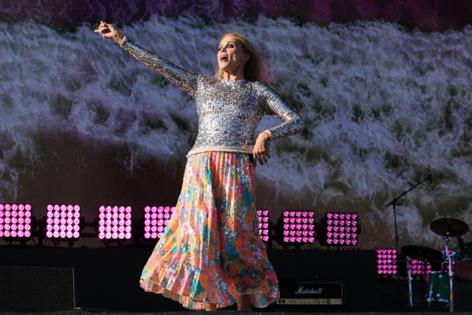
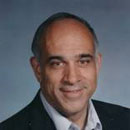
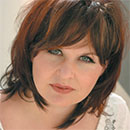
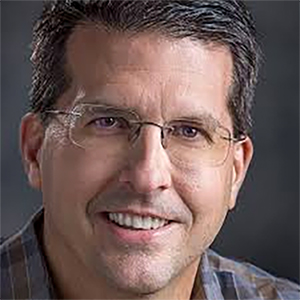
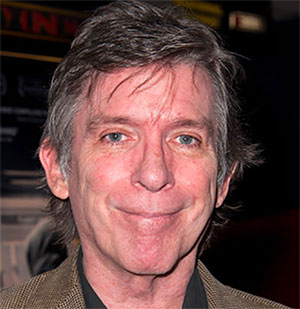
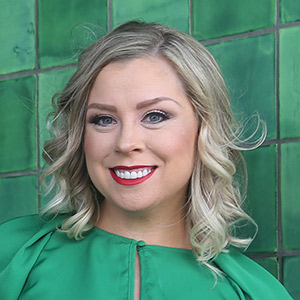
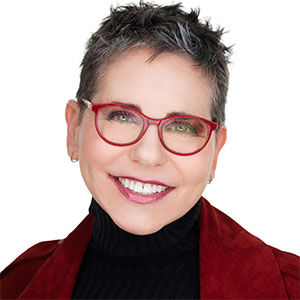

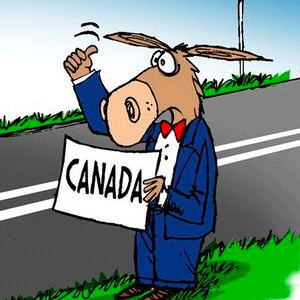

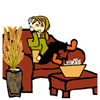
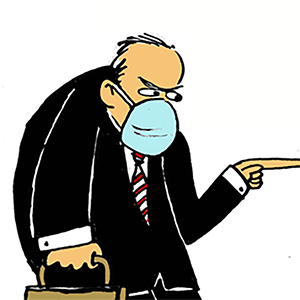
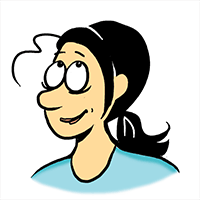
Comments